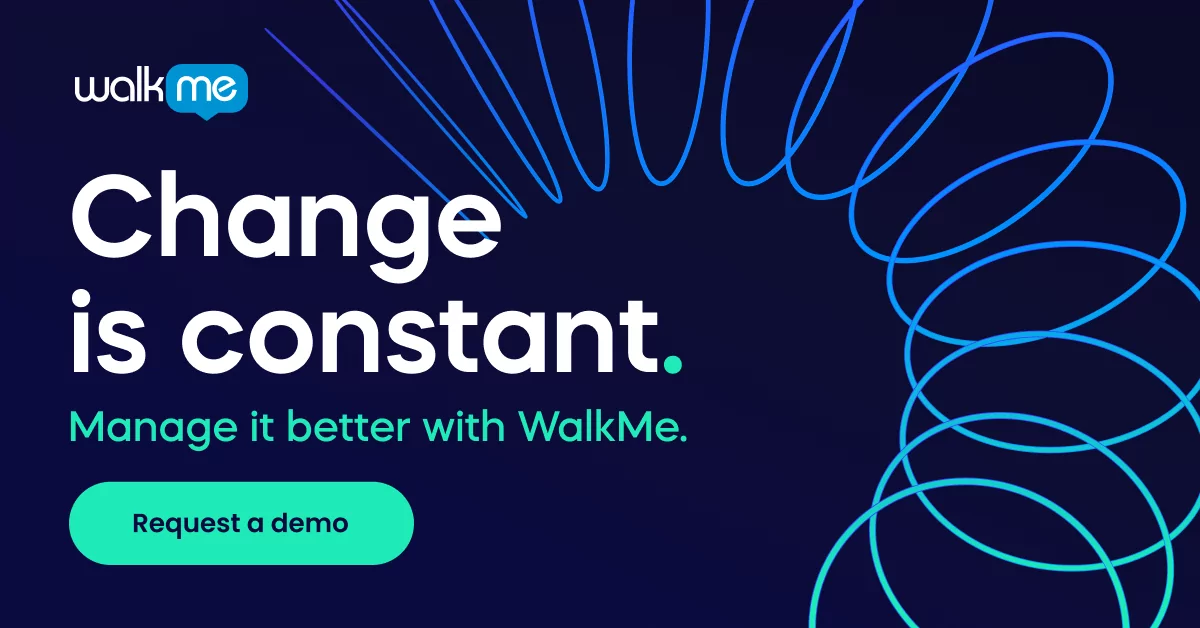Predictive analytics is a subsection of analytics that can offer significant performance benefits to those who are willing to adopt and leverage this toolbox of techniques.
Below, we’ll cover the basics of predictive analytics, including what the term means, how predictive analytics work, and how they can benefit businesses.
Predictive analytics 101
To better understand what predictive analytics are and how they can benefit the modern digital enterprise, let’s look at some of the most commonly asked questions about predictive analytics:
What are predictive analytics?
Predictive analytics examines historical data to predict present and future activity.
Analytics by itself simply refers to the use of statistical methods and computers to analyze data to identify patterns and gain insights.
Both types of analytics are widely used in a business context and can help to:
- Inform decision-making
- Offer insight into business efficiency, business processes, and business performance
- Identify problems, opportunities, and errors
- Communicate key ideas and concepts
Both analytics and predictive analytics gained prominence in recent years, due to the ongoing evolution of digital technology – the more powerful our computing technology becomes, the more effectively we can use data to gain insights.
How do predictive analytics work?
Predictive analytics uses large data sets, powerful computing technology, and data-driven techniques to forecast future trends.
In a nutshell, here is a step-by-step process of how predictive analytics are used in businesses:
- Large historical data sets are collected or compiled
- That data is analyzed using certain statistical methods, such as regression models
- Those analyses are then used to generate predictions around possible future events
- These future forecasts can then be used to inform decision-making, improve business processes, reduce waste, and more
The final step would be to review the actual impact that predictive analytics have on the process in question. As we’ll see later, quantifying the ROI of predictive analytics may not always be easy, but it is necessary to understand the bottom-line value of this technique.
What are some examples of predictive analytics in business?
Predictions can be used both in a business’s back-end as well as in customer-facing processes and products.
Here are a few examples of predictive analytics that we see in our everyday lives:
- Social media feeds, such as on Instagram or Facebook, use predictive analytics to maximize user engagement
- Google’s predictive metrics can help marketers make predictions around revenue, purchase probability, and churn probability
- Amazon uses recommendation engines, which leverage predictive analytics, to improve product recommendations throughout its website
Predictive analytics can also be used internally within the business to improve performance and processes.
For instance:
- Real-time data collection in change management can be used to assess employee sentiment, understand employee behavior, reduce inefficiencies, boost employee productivity, and lower resistance to change, among other things
- Predictive models can be used to offer supply chain insights, which can then offer more real-time insights, better crisis preparedness, improved resilience, and more
- Historical data about employees can help HR and recruitment professionals make better hiring decisions
These are just a few of the countless ways that predictive analytics can be applied in a business setting. The real limitations come not from the business process in question, but from the availability of data and technology – as well as one’s own imagination.
How does predictive analytics differ from artificial intelligence (AI)?
Artificial intelligence (AI) is an umbrella term that refers to a set of computing methods and techniques.
Today, AI typically refers to machine learning or deep learning. Both of these techniques are dubbed “artificial intelligence” because computers discern patterns from data without human oversight.
AI, for instance, is frequently used for pattern recognition tasks, such as:
- Voice recognition
- Image recognition
- Semantic analysis
In short, AI analyzes data and “learns” from that data on its own. But predictive analytics, as we saw earlier, refers to data-driven techniques aimed at predicting the future.
They are not mutually exclusive, however.
In fact, many technology leaders such as IBM use AI to improve their predictive analytics. Deep learning is seeing increased use in predictive analytics. However, to be effective, deep learning algorithms require massive data sets that are often out of the reach of many organizations.
What is the ROI of predictive analytics?
The ROI of predictive analytics will vary a great deal depending on the circumstances and the application.
In some cases, there are so many other factors at play that it can be difficult to gauge the actual impact of a predictive analytics effort.
For example, a change manager may choose to use predictive analytics to assist with the assignment of change teams. Since there are so many factors that impact the outcomes of a change management program, it may take some effort to discern the final ROI of such an investment.
Other cases, however, are more clear-cut.
A company that invests in a product recommendation engine for their website can simply compare the before and after. In this case, it would be much easier to measure the bottom-line impact that the analytics would have on buyer behavior, shopping cart metrics, and so on.


